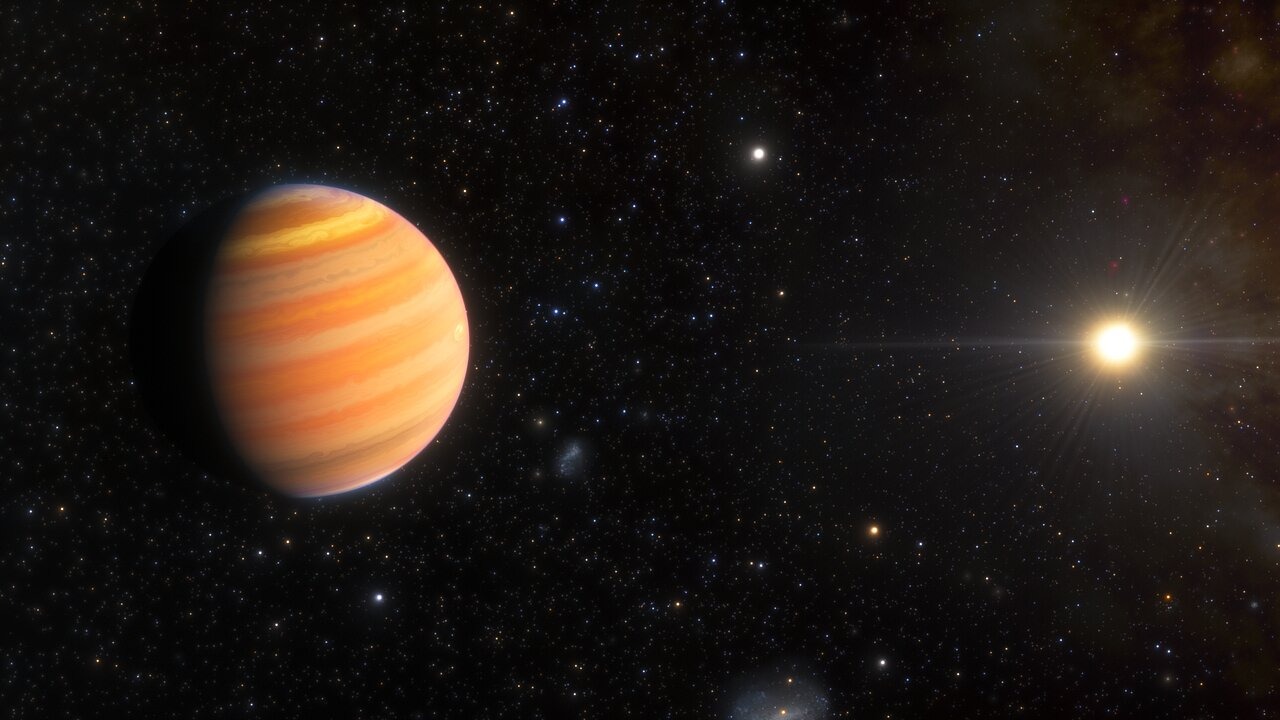Exoplanets come in a wide variety of sizes and shapes, sometimes extremely strange. Among them are some that look like a soccer ball, or ones where it rains gemstones, and some have the density of absorbent cotton or are covered in lava altogether. A recent study has identified an exoplanet called TIC 241249530 b, which is characterized by its extreme orbit.

Most planets don’t have perfectly circular orbits — they are usually elongated. Eccentricity, which measures how elongated an orbit is, ranges from 0 to 1, where 0 is perfectly circular and 1 is very elongated. For example, the eccentricity of Pluto’s orbit is 0.25, while Earth’s is only 0.02.
However, the orbit of TIC 241249530 b has an eccentricity of 0.94. This means that if the planet orbited our Sun, its perihelion would be 10 times closer than Mercury’s orbit, and its apogee would reach the Earth. The temperature on the surface of such a planet would fluctuate between a warm summer day and hot enough to melt titanium.
These temperature fluctuations have interested scientists, because they can give insight into the planet’s atmosphere. Jason Wright of Penn State noted that they wanted to investigate how the atmosphere changed after the planet approached its star. The James Webb Space Telescope has the sensitivity to study these changes, so there are more discoveries to come.
Scientists also want to understand how the planet’s orbit will change over time. They hypothesize that tidal forces from approaching the parent star will make the planet’s orbit more circular.
This type of planet is called hot Jupiters. They are similar in size to Jupiter, but are much closer to their stars. Astronomers aren’t sure how such planets end up close to their stars, and speculate that they may form farther away and migrate closer over time. A study of TIC 241249530 b may help answer this question.
Arvind Gupta of NOIRLab observed that this exoplanet was a kind of snapshot of the migration process. Although we cannot observe the migration of planets in real time, such rare planets help unravel the formation history of hot Jupiters.
Earlier we reported on how astronomers discovered an ultra-hot Neptune.
According to noirlab.edu


